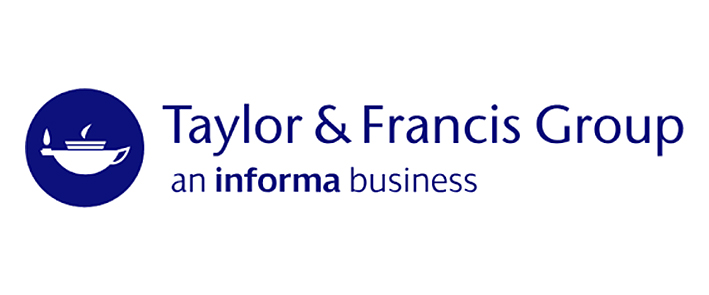Principles of quantum artificial intelligence / Andreas Wichert.
Material type: TextPublication details: Singapore : World Scientific, c2014.Description: xiv, 202 p. : ill. ; 24 cmISBN:
TextPublication details: Singapore : World Scientific, c2014.Description: xiv, 202 p. : ill. ; 24 cmISBN: - 9789814566742 (hbk.)
- 23 W633 004.1
| Item type | Current library | Call number | Status | Date due | Barcode | Item holds | |
|---|---|---|---|---|---|---|---|
| Books | ISI Library, Kolkata | 004.1 W633 (Browse shelf(Opens below)) | Available | 135412 |
Includes bibliographical references (p. 247-257) and index.
1. Introduction.
1.1. Artificial intelligence.
1.2. Motivation and goals.
1.3. Guide to the reader.
1.4. Content --
2. Computation.
2.1. Entscheidungsproblem.
2.2. Complexity theory.
2.3. Church-Turing thesis.
2.4. Computers --
3. Problem solving.
3.1. Knowledge representation.
3.2. Production system.
3.3. Sub-symbolic models of problem-solving --
4. Information.
4.1. Information and thermodynamics.
4.2. Hierarchical structures.
4.3. Information and measurement.
4.4. Information and memory.
4.5. Sparse code for sub-symbols.
4.6. Deduction systems and associative memory --
5. Reversible algorithms.
5.1. Reversible computation.
5.2. Reversible circuits --
6. Probability.
6.1. Kolmogorovs probabilities.
6.2. Mixed distribution.
6.3. Markov chains --
7. Introduction to quantum physics.
7.1. Unitary evolution.
7.2. Quantum mechanics.
7.3. Hilbert space.
7.4. Quantum time evolution.
7.5. Compound systems.
7.6. Von Neumann entropy.
7.7. Measurement.
7.8. Randomness --
8. Computation with qubits.
8.1. Computation with one qubit.
8.2. Computation with m qubit.
8.3. Matrix representation of serial and parallel operations.
8.4. Entanglement.
8.5. Quantum Boolean circuits.
8.6. Deutsch algorithm.
8.7. Deutsch Jozsa algorithm.
8.8. Amplitude distribution.
8.9. Geometric operations --
9. Periodicity.
9.1. Fourier transform.
9.2. Discrete Fourier transform.
9.3. Quantum Fourier transform.
9.4. FFT.
9.5. QFT decomposition.
9.6. QFT properties.
9.7. The QFT period algorithm.
9.8. Factorization.
9.9. Kitaev's phase estimation algorithm.
9.10. Unitary transforms --
10. Search.
10.1. Search and quantum oracle.
10.2. Lower bound [symbol] for [symbol]-based search.
10.3. Grover's amplification.
10.4. Circuit representation.
10.5. Speeding up the traveling salesman problem.
10.6. The generate-and-test method --
11. Quantum problem-solving.
11.1. Symbols and quantum reality.
11.2. Uninformed tree search.
11.3. Heuristic search.
11.4. Quantum tree search.
11.5. Quantum production system.
11.6. Tarrataca's quantum production system.
11.7. A general model of a quantum computer --
12. Quantum cognition.
12.1. Quantum probability.
12.2. Decision making.
12.3. Unpacking effects.
12.4. Conclusion --
13. Related approaches.
13.1. Quantum walk.
13.2. Adiabatic computation.
13.3. Quantum neural computation.
13.4. Epilogue.
Bibliography--
Index.
In this book, we introduce quantum computation and its application to AI. We highlight problem solving and knowledge representation framework. Based on information theory, we cover two main principles of quantum computation - quantum Fourier transform and Grover search. Then, we indicate how these two principles can be applied to problem solving and finally present a general model of a quantum computer that is based on production systems.
There are no comments on this title.


























